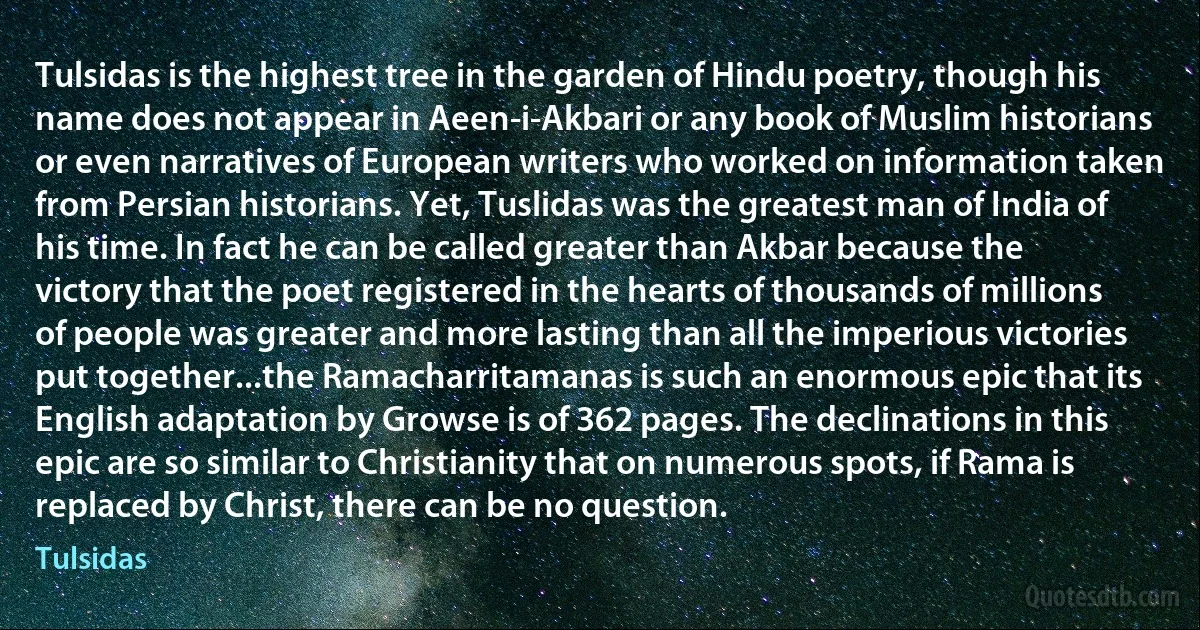Appear Quotes - page 40
Classical Sanskrit theatre flourished during the first nine centuries CE. Aphorisms on acting appear in the writings of Panini, the Sanskrit grammarian of the 5th century BCE, and references to actors, dancers, mummers, theatrical companies, and academies are found in Kautilya's book on statesmanship, the Artha-shastra (4th century BCE).

Pāṇini
We live in a world which worships the unreal female body and despises real female power. In this culture, where women are commanded to always look available nut never actually be so, where, where we are obliged to appear socially and sexually consumable whilst consuming as little as possible, our most drastic retaliation is to undertake our own consumption: to consume ourselves - and so we do in ever increasing numbers.

Laurie Penny
I treat all film roles one way: very seriously," exclaims Pleasence. "I never play anything tongue-in-cheek, though at times it might appear that way. I'm a professional actor who has no particular approach to acting. I get the part, I read the script. If I decide to do it, I learn the lines. People expecting a longwinded explanation on my approach will be disappointed. I have no theory about acting. There is no method, there is no way. I just do it.

Donald Pleasence
To an observer situated on the moon or on one of the planets, the most noticeable feature on the surface of our globe would no doubt be the large areas covered by oceanic water. The sunlit face of the earth would appear to shine by the light diffused back into space from the land and water-covered areas.

C. V. Raman
We have the ability...and if, with our faith in our future, we exert ourselves with determination, nothing, I am sure, no obstacles, however formidable or insurmountable they may appear at present, can stop our progress...(if) all work unitedly, keeping our vision clear, and with a firm grasp of our problems.

Bidhan Chandra Roy
On the one hand, the student has been informed by some writers that the only certain way lies in the use of the entropy-function and the thermodynamic potentials; on the other hand, he is told with equal authority that the method used by the original investigators has been the consideration of cyclic processes, and that the former method is nothing but a mathematical (perhaps unnecessary) refinement of the results obtained by the latter. These extreme attitudes appear to me to be unfortunate, and more especially when one observes the physical clearness introduced by the use of cyclic processes, but at the same time remembers that most of the results obtained by separate investigators using cyclic processes had, with a great many more, previously been found by J. Willard Gibbs by means of a purely analytical method.

J. R. Partington
Some of the effects predicted by the theory [of loop quantum gravity] appear to be in conflict with one of the principles of Einstein's special theory of relativity... that the speed of light is a universal constant. ...Photons of higher energy travel slightly slower than low-energy photons. ...the principle of [general] relativity is preserved but Einstein's special theory of relativity requires modification. ...A photon can have an energy-dependent speed without violating the principle of [general] relativity!

Lee Smolin
These selfish professors of religion [monks] grudged every act of munificence that was not applied to themselves, or their monasteries; and could not behold the good fortune of the minstrels without expressing their indignation; which they often did in terms of scurrilous abuse, calling them janglers, mimics, buffoons, monsters of men, and comtemptible scoffers. They also severely censured the nobility for patronizing and rewarding such a shameless set of sordid flatterers, and the populace for frequenting their exhibitions, and being delighted with their performances, which diverted them from more serious pursuits, and corrupted their morals. On the other hand, the minstrels appear to have been ready enough to give them ample occasion for censure; and, indeed, I apprehend that their own immorality and insolence contributed more to their downfal, than all the defamatory declamations of their opponents.

Joseph Strutt
The romantic notions of chivalry appear to have lost their vigour towards the conclusion of the fifteenth century, especially in this country, where a continued series of intestine commotions employed the exertions of every man of property, and real battles afforded but little leisure to exercise the mockery of war.

Joseph Strutt
Man is not, as the croaking philosophers say, merely a rational animal, capable of understanding and knowledge; for, according to them, even irrational creatures appear possessed of understanding and knowledge. But man alone is the image and likeness of God ; and I mean by man, not one who performs actions similar to those of animals, but one who has advanced far beyond mere humanity - to God Himself. This question we have discussed more minutely in the treatise concerning animals. But the principal point to be spoken of now is, what is intended by the image and likeness of God.

Tatian
There is always trouble if meat is not divided by lot. Someone immediately says that he has been given more than his share, and tries to hand a piece to someone else. Then there is much arguing and swearing by God, with everyone insisting that he has been given too much, and finally a deadlock ensues which can only be settled by casting lots for the meat – as should have been done in the first place. I have never heard a man grumble that he has received less than his share. Such behaviour would be inconceivable to the Bedu, for they are careful never to appear greedy, and quick to notice anyone who is.

Wilfred Thesiger
Even in the lives of fishes, sensation is seldom a matter of one thing or another. Senses overlap. The lines between them often tend to be blurred, and the best that we can manage, by way of description from the outside, is to say that the senses of fishes appear to dominate one at a time.

Lyall Watson
There is something impressive and mystical about the artillery battles... I still do not think differently about the war... It simply seems to me feeble and lifeless to consider it vulgar and dumb. I dream of a new Europe, I.... see in this war the healing, if also gruesome, path to our goals; it will purify Europe, and make it ready... Europe is doing the same things to her body France did to hers during the Revolution.... the war is not turning me into a realist – on the contrary: I feel so strongly the meaning which hovers behind the battles, behind every bullet, so that the realism, the materialism disappears completely. Battles, wounds, motions, all appear so mystical, unreal..

Franz Marc
We are also convinced that we can already proclaim the first signs of the time. The first works of a new era are tremendously difficult to define. Who can see clearly what their aim is and what is to come; But just the fact that they do exist and appear in many places today, sometimes independently of each other, and that they possess inner truth, makes us certain that they are the first signs of the coming new epoch... The hour is unique. Is it too daring to call attention to the small, unique signs of the time?

Franz Marc
War is time that has marched through the mind, and is later presented in
such a way that boots are the be-all and end-all.
Thus it is important to teach the soldier exactly how to treat the ghosts, how
to address the fog, or
how time and space appear on paper to describe absolutely everything.
Do not say that was true in antiquity, as there the same sentence changed
many times, petrified into mountains,
precisely where it was open...

Paavo Haavikko
Menæchmus, a pupil of Eudoxus, and a contemporary of Plato, found the two mean proportionals by means of conic sections, in two ways, (α) by the intersection of two parabolas, the equations of which in Cartesian co-ordinates would be x2=ay, y2=bx, and (β) by the intersection of a parabola and a rectangular hyperbola, the corresponding equations being x2=ay, and xy=ab respectively. It would appear that it was in the effort to solve this problem that Menæchmus discovered the conic sections, which are called, in an epigram by Eratosthenes, "the triads of Menæchmus."

Thomas Little Heath
The moral government of God is a movement in a line onwards towards some grand consummation, in which the principles, indeed, are ever the same, but the developments are always new,- in which, therefore, no experience of the past can indicate with certainty what new openings of truth, what new manifestations of goodness, what new phases of the moral heaven may appear.

Mark Hopkins



